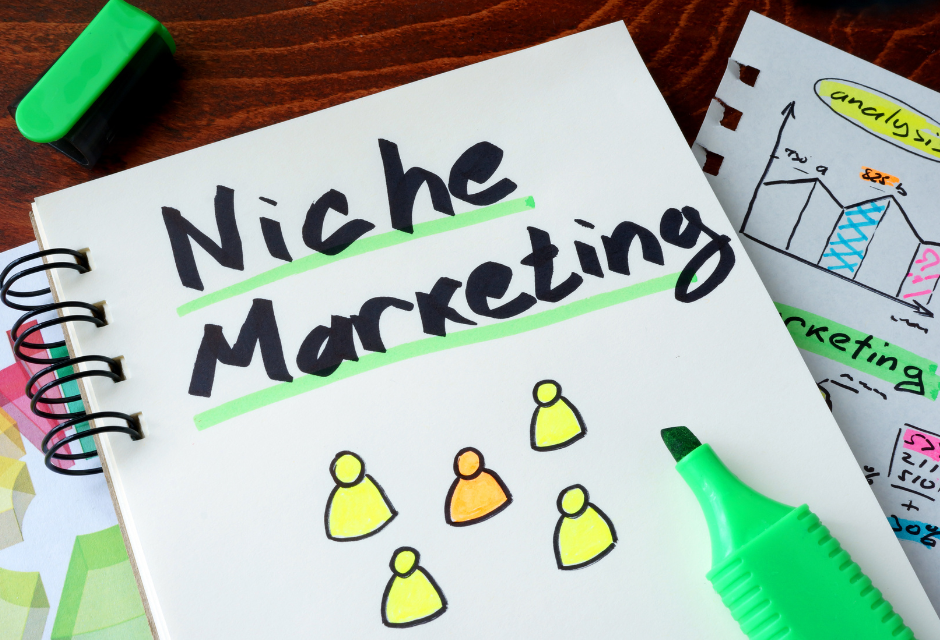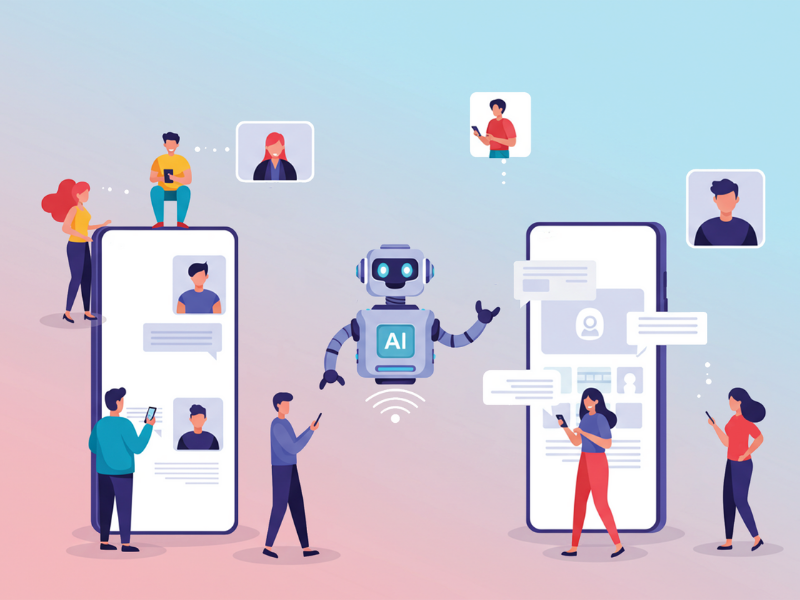Selecting the right marketing partner is one of the most significant decisions a business can make. The agency a company chooses influences brand effectiveness in reaching audiences, budget allocation, and how well long-term growth goals are achieved.
Many business owners and leaders weigh the choice between working with a niche and specialized marketing agency or a generalist firm. While generalists provide a broad spectrum of services across industries, niche marketing agencies focus on particular sectors or specialized marketing disciplines. Understanding these differences can help you make an informed decision when searching marketing agency options.
In this article, we explore six compelling reasons to choose a niche and specialized marketing agency for your business.

What is a Niche or Specialized Marketing Agency?
A niche or specialized marketing agency is purpose-built to serve specific industries, audience segments, or marketing service areas. Many agencies concentrate on defined markets such as design, consumer products, or manufacturing, while others specialize in particular services like digital marketing, social media, or public relations.
Some niche marketing agencies, like Eberly & Collard Public Relations, combine both approaches, offering expertise in select industries while also providing specialized services. Their strength lies in moving beyond a broad, one-size-fits-all approach, which enables campaigns to be highly relevant, results-driven, and aligned with the distinct goals of each client.
With this focused marketing approach, businesses can benefit from personalized and relevant messaging. The specialized services they offer, such as integrated marketing, digital marketing, media relations, and advertising, ensure that marketing efforts align closely with the unique requirements of the audience, resulting in efficient, impactful, and more precise campaigns.
Since our inception nearly 25 years ago, Eberly & Collard Public Relations has specialized categorically to provide clients with an insider’s take on industry challenges and solutions, along with distinct forms of marketing communication.
Niche and Specialized Agencies vs Generalist Marketing Agencies
Generalist agencies may appear attractive to companies seeking external marketing or public relations support. However, their lack of concentrated expertise often results in campaigns that feel generic or disconnected from the realities of specific industries. Niche agencies, however, excel in targeted marketing by focusing on particular markets and actually are one of the most obvious means to achieve all-in-one solutions. They leverage industry-specific insights and an advanced digital marketing specialization to craft strategies that resonate with distinct target audiences. This approach can translate to higher conversion rates and efficient use of marketing budgets since specialized agencies are prepared to “get down to business” in an expedited fashion.

Reasons to Work With a Niche or Specialized Marketing Agency
Choosing a niche marketing agency offers multiple advantages. As covered above, these agencies provide highly specialized marketing services crafted for specific industries or audiences. This level of focus ensures marketing solutions are not only relevant but also highly effective.
1. Mastering the Art of Targeted Marketing
Niche agencies are masters of targeted marketing – they excel at pinpointing the right audiences and delivering messaging that speaks directly to their needs. Instead of casting a wide net, they design campaigns built for resonance, which increases engagement and sales conversion rates. This precision ensures every marketing effort contributes to business outcomes.
2. Innovating with Expertise: The Edge of Digital Specialization
Specialized firms frequently integrate advanced digital tools into their workflows more so than generalist agencies do. From advanced analytics to AI-driven content optimization, these tools enable businesses to reach audiences more effectively and stand out in competitive markets.
3. Insights that Drive Success: Harnessing Industry Knowledge
Deep familiarity with industry trends and consumer behavior is one of the defining strengths of specialized agencies. They can recognize patterns, anticipate challenges, and design strategies aligned with what resonates most in a given market. This knowledge allows them to make informed decisions and provide strategic insights that drive success for their clients.
4. The Power of Influencer Partnerships
Niche marketing agencies often have well-established relationships with key influencers and content creators in their sectors, providing clients with significant advantages in terms of brand visibility and credibility. These connections can amplify brand messages for their clients through endorsements, collaborations and campaigns that feel authentic to target audiences, as consumers tend to trust recommendations from influencers they follow. This credibility translates into stronger brand trust and broader reach.
5. Media Connections: Unlocking Visibility Through Trusted Channels
In addition to influencer connections, niche marketing agencies maintain long-standing relationships with trade media and journalists. These close relationships open opportunities for feature articles, executive interviews, and editorial or news coverage that position companies as leaders in their industries. Such visibility not only builds recognition but also strengthens reputation and trust among potential customers and prospects.
6. Networking for Success: Building Bridges with Industry Leaders
Niche marketing agencies frequently engage with industry leaders and leading industry associations. For example, Eberly & Collard Public Relations works with organizations such as the National Gardening Bureau (NGB), the American Society of Interior Designers (ASID) and the American Institute of Architects (AIA). Such connections are invaluable for networking, collaboration, and gaining insights into market trends and shifts. By aligning with recognized figures and established organizations, these agencies can offer clients exclusive opportunities for discounted sponsorships and productive partnerships, thereby enhancing brand visibility.

In conclusion, marketing is not about reaching the largest possible audience; it is about reaching the right audience for your business. Niche marketing agencies design and manage strategies that are crafted for precision, engineered for results, and aligned with long-term growth.
Working with a niche marketing agency is the difference between blending in and becoming the brand customers trust and remember. These agencies deliver specialized strategies with the focus and depth required to stand out in competitive industries, especially when compared to broad, generalized campaigns. For companies seeking to increase visibility and drive sustained growth, investing in a specialized partner like Eberly & Collard Public Relations offers a path to long-term success.








